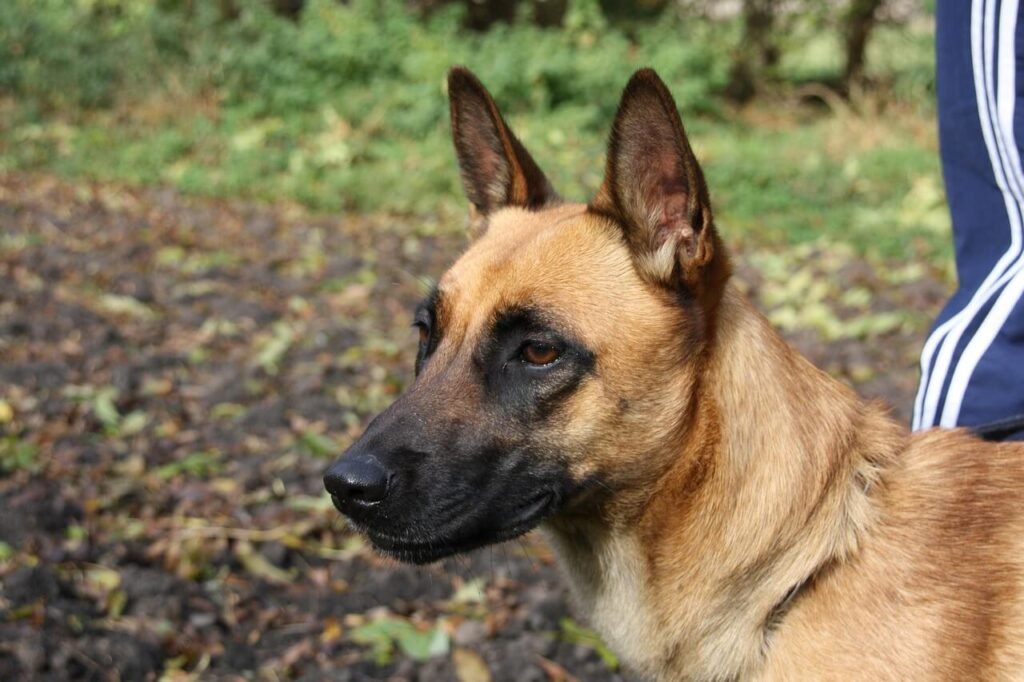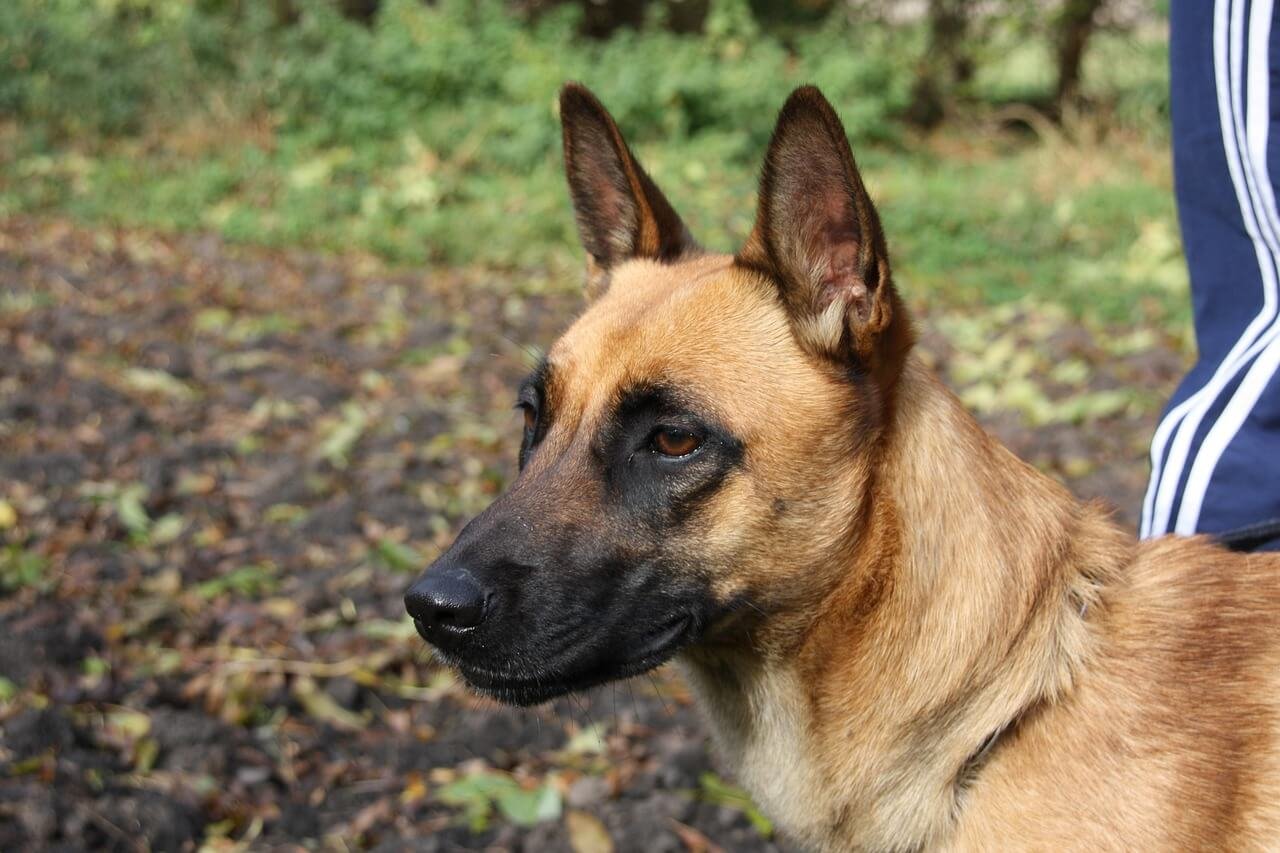Why Does My Dog Cry When I Come Home? Decoding Their Emotional World
Few things tug at the heartstrings quite like coming home to your dog’s joyful cries. But have you ever wondered, “Why does my dog cry when I come home?” While it may seem like a simple expression of excitement, there’s often more to this behavior than meets the eye. Dogs communicate through sounds, body language, and actions, and their cries can convey a range of emotions—from happiness to anxiety. Understanding why your dog reacts this way can deepen your bond and help ensure their emotional needs are met.
In this blog post, we’ll explore the reasons behind this behavior, how to interpret it, and what you can do to support your furry friend. Let’s dive in and uncover the meaning behind those heartfelt cries!
Reasons Why Your Dog Cries When You Come Home
When your dog cries upon your arrival, it’s usually an emotional response triggered by your presence. Here are some common reasons for this behavior:
Excitement and Joy
Dogs are social animals, and your return is a moment of pure joy for them. Crying is their way of expressing overwhelming happiness.Separation Anxiety
If your dog struggles with being left alone, they may cry out of relief or nervousness when you return.Seeking Attention
Some dogs cry as a learned behavior to get attention, treats, or playtime after you’ve been away.Loneliness or Boredom
If your dog feels lonely or bored during your absence, they may cry to express their need for companionship.Stress Relief
For some dogs, crying serves as a way to release pent-up stress or energy accumulated while you were gone.
Understanding these reasons can help you respond appropriately to your dog’s emotional needs. Whether it’s excitement or anxiety driving their cries, your reaction plays a key role in shaping their behavior.
How to Interpret Your Dog’s Crying Behavior
Not all cries are created equal. The context and accompanying behaviors can provide valuable clues about what your dog is trying to communicate. Here’s how to interpret their cries:
High-Pitched Whining
This often indicates excitement or eagerness to interact with you.Whining Accompanied by Tail Wagging
A wagging tail paired with whining usually signals happiness and anticipation.Crying with Pacing or Restlessness
This could suggest anxiety or pent-up energy that needs to be released.Low Whining or Moaning
Subdued cries may indicate discomfort, sadness, or a desire for comfort.Crying While Jumping or Pawing
These actions often mean your dog is seeking immediate attention or playtime.
By observing your dog’s body language and vocalizations, you can better understand their emotional state. This insight allows you to address their needs effectively and strengthen your connection.
Check this guide 👉Why Is My Dog Whining in the Crate? Best 7 Expert Tips!
Check this guide 👉How to Stop a Dog from Whining at Night: Best 7 Expert Tips!
Check this guide 👉Should You Wake a Dreaming Dog? Best 7 Expert Tips!

Signs of Excitement | Signs of Anxiety |
|---|---|
High-pitched whining | Low, persistent whining |
Tail wagging | Pacing or restlessness |
Jumping up | Panting or drooling |
Play bowing | Avoiding eye contact |
Energetic behavior | Trembling or shaking |
Tips to Manage Your Dog’s Crying Behavior
If your dog’s crying becomes excessive or problematic, there are several strategies you can use to manage and redirect their behavior. Here are some practical tips:
Stay Calm During Greetings
Avoid overly enthusiastic greetings, as this can amplify your dog’s excitement and crying.Ignore Attention-Seeking Cries
Reward calm behavior instead of reinforcing crying by giving attention only when they’re quiet.Provide Mental Stimulation
Leave interactive toys or puzzles to keep your dog entertained and reduce loneliness during your absence.Establish a Routine
Consistent departure and arrival routines can help your dog feel more secure and less anxious.Exercise Before You Leave
A good walk or play session before leaving can tire your dog out, reducing their need to release energy when you return.
Implementing these strategies can help reduce excessive crying and create a calmer homecoming experience for both you and your dog.
When to Seek Professional Help
While occasional crying is normal, persistent or extreme behavior may indicate underlying issues that require professional guidance. Here’s when to consult a veterinarian or behaviorist:
Excessive Crying That Doesn’t Improve
If your dog’s crying continues despite your efforts, it may signal deeper emotional or behavioral problems.Signs of Aggression or Fear
Growling, snapping, or cowering alongside crying could point to anxiety or fear-based aggression.Changes in Appetite or Energy Levels
Sudden shifts in eating habits or lethargy may indicate health issues contributing to their distress.Destructive Behavior When Left Alone
Chewing, scratching, or other destructive actions paired with crying often point to separation anxiety.Unusual Vocalizations
Persistent howling, barking, or whining even when you’re home may require behavioral intervention.
Addressing these signs early can prevent further escalation and ensure your dog receives the care they need. A professional can provide tailored solutions to improve your dog’s well-being.
Fun Ways to Redirect Your Dog’s Excitement
If your dog’s crying stems from overwhelming excitement, redirecting their energy into positive activities can help. Here are some fun ideas to try:
Teach a Calm Greeting Routine
Train your dog to sit or lie down when you come home, rewarding them with treats or praise for calm behavior.Use Interactive Toys
Offer puzzle toys or treat-dispensing balls to channel their excitement into problem-solving and play.Practice Obedience Commands
Engage your dog with commands like “sit,” “stay,” or “shake” to refocus their attention and reinforce good behavior.Incorporate Fetch or Tug-of-War
A quick game of fetch or tug-of-war can help burn off excess energy and reduce excited crying.Create a “Welcome Station”
Set up a designated area with their favorite toys or snacks to create a positive association with your arrival.
By redirecting their excitement into structured activities, you can turn chaotic greetings into calm and enjoyable moments. Consistency is key to making these changes stick.
Signs Your Dog’s Crying Is Linked to Anxiety
Crying caused by anxiety often comes with specific behaviors that can help you identify the root cause. Here’s what to look for:
Panting or Drooling
Excessive panting or drooling upon your return may indicate stress or nervousness.Destructive Behavior
Chewed furniture, scratched doors, or scattered items around the house suggest separation anxiety.Excessive Pacing
If your dog paces back and forth while crying, it could be a sign of restlessness or unease.Attempts to Escape
Dogs with severe anxiety may try to escape confinement or hide when they hear you approach.Lack of Appetite
Refusal to eat or drink after your arrival can signal emotional distress.
Recognizing these signs allows you to address your dog’s anxiety proactively. Early intervention can prevent further escalation and improve their quality of life.
How to Build Confidence in an Anxious Dog
Helping your dog feel more secure can reduce crying caused by anxiety or insecurity. Here are some strategies to boost their confidence:
Establish a Safe Space
Create a cozy corner with their bed, blankets, and favorite toys where they can retreat when feeling overwhelmed.Use Positive Reinforcement
Reward calm and confident behavior with treats, praise, or affection to encourage positive habits.Gradual Desensitization
Practice short departures and arrivals to help your dog get used to being alone and reduce their reliance on your presence.Introduce Calming Tools
Consider using calming aids like pheromone diffusers, anxiety wraps, or soothing music to ease their nerves.Encourage Socialization
Gradually expose your dog to new people, animals, and environments to build their confidence and reduce fear-based reactions.
Building your dog’s confidence takes time and patience, but the results are worth it. A more self-assured dog is less likely to cry out of anxiety and more likely to greet you with calm enthusiasm.
FAQ
Is it normal for my dog to cry when I come home?
Yes, it’s normal and often a sign of excitement or relief. However, excessive crying may indicate anxiety or other issues.
How can I stop my dog from crying when I come home?
Stay calm, ignore attention-seeking cries, and reward calm behavior to encourage quieter greetings.
Can separation anxiety cause my dog to cry when I return?
Yes, dogs with separation anxiety may cry out of relief or nervousness when you come back.
Should I punish my dog for crying?
No, punishment can increase anxiety and worsen the behavior. Positive reinforcement is more effective.
What if my dog’s crying seems unusual or excessive?
Consult a veterinarian or behaviorist to rule out health issues or address underlying behavioral problems.
Building a Stronger Bond Through Understanding
Your dog’s cries when you come home are more than just noise—they’re a window into their emotional world. By understanding the reasons behind this behavior and responding thoughtfully, you can strengthen your bond and ensure your furry friend feels loved and secure. Whether it’s excitement, anxiety, or simply a desire for attention, your patience and care make all the difference. Remember, every wag, whine, and nuzzle is a testament to the deep connection you share. So the next time you hear those familiar cries, take a moment to appreciate the joy and love behind them—and enjoy the special moments with your loyal companion!
Cat Fever Treatment: Best 7 Expert Tips! Discover expert advice on identifying, managing, and treating fever in cats to ensure their quick recovery and well-being.
Understanding Meloxicam for Cats: Best 7 Expert Tips! Learn how to safely administer meloxicam, manage side effects, and ensure your cat's comfort with expert advice on feline pain relief.
Amoxicillin for Cat UTI: Best 7 Expert Tips! Discover safe usage, dosage guidelines, and expert advice on treating feline urinary tract infections effectively with amoxicillin.
Understanding Cat Cancer Treatment: Best 7 Expert Tips! Discover expert advice on managing feline cancer, from early detection to treatment options, ensuring your cat’s health and comfort.





